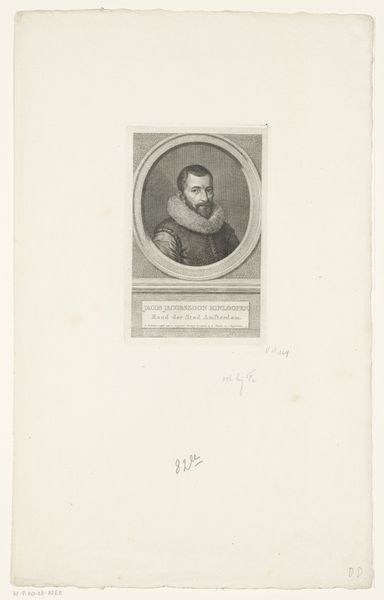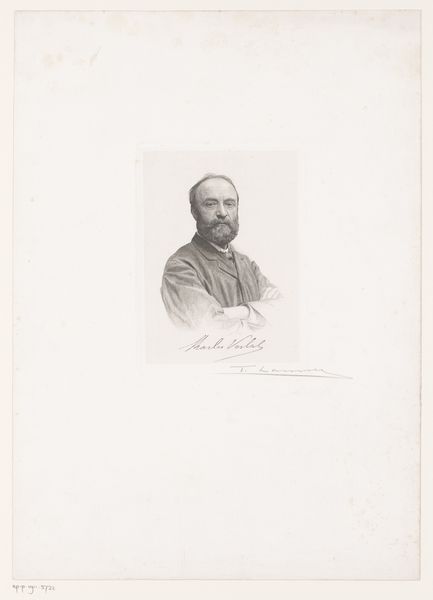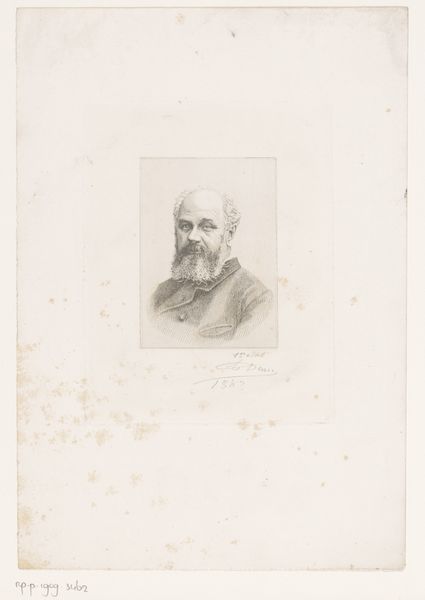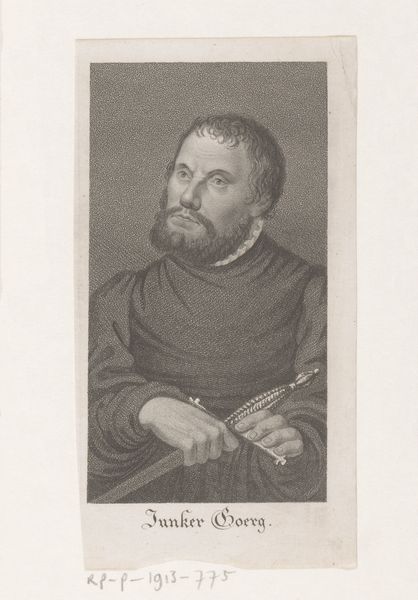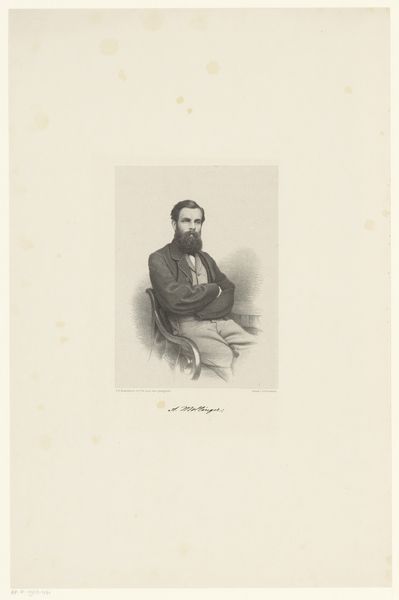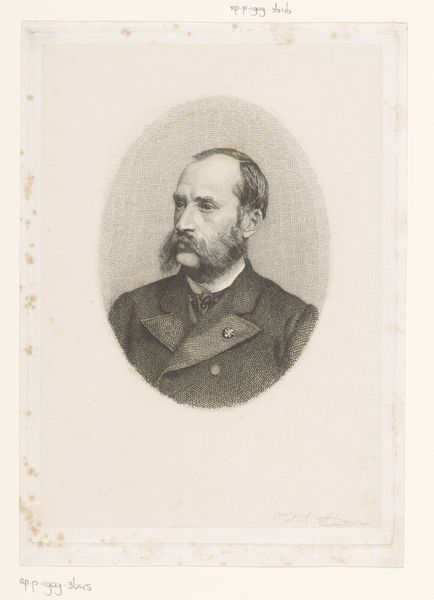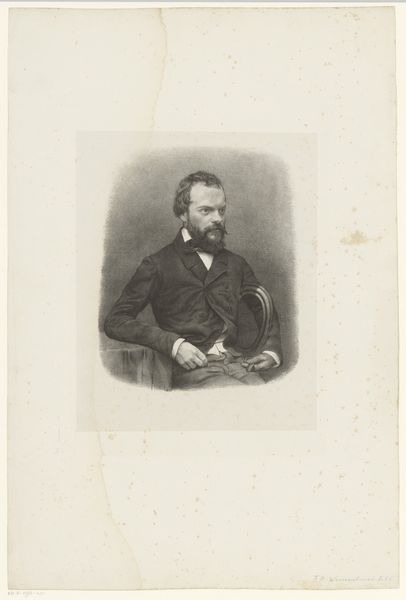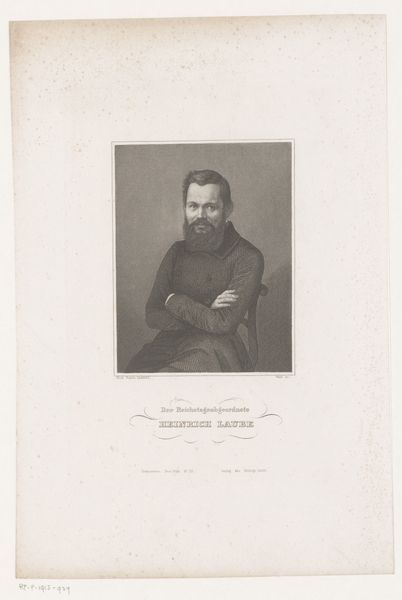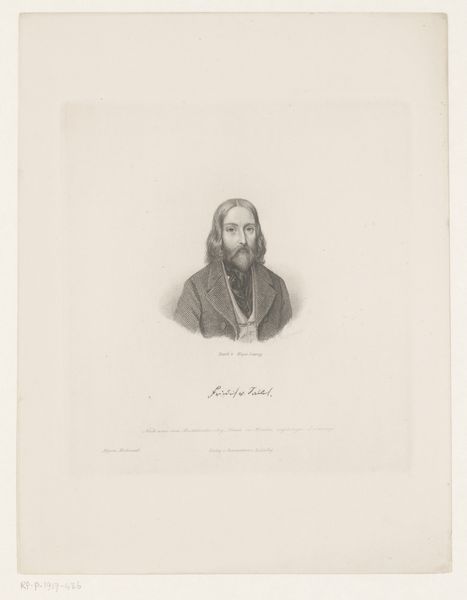
drawing, engraving
#
portrait
#
drawing
#
genre-painting
#
engraving
#
realism
Dimensions: height 265 mm, width 184 mm
Copyright: Rijks Museum: Open Domain
This portrait of Jan Pieterszoon Sweelinck was made by Willem Steelink, in what appears to be an engraving. Note Sweelinck’s elaborate ruff collar and the gesture of his hand—the latter is particularly telling. The ruff, a symbol of status during the Renaissance and Baroque periods, evolved from modest necklines to become a flamboyant statement of wealth and sophistication. Similarly, the open hand, often seen in portraits of intellectuals and artists, signifies eloquence and creativity. We see this gesture echoed in Renaissance paintings of philosophers and orators, each hand carrying a legacy of intellectual prowess. However, the gesture’s meaning is never static. Consider its use in religious art, where it can symbolize blessing or divine intervention. The hand thus becomes a potent vessel, imbued with cultural memory and evolving significance. This symbol continues to resurface, transformed yet familiar, connecting us to the past while constantly reinventing itself in the present.
Comments
No comments
Be the first to comment and join the conversation on the ultimate creative platform.

